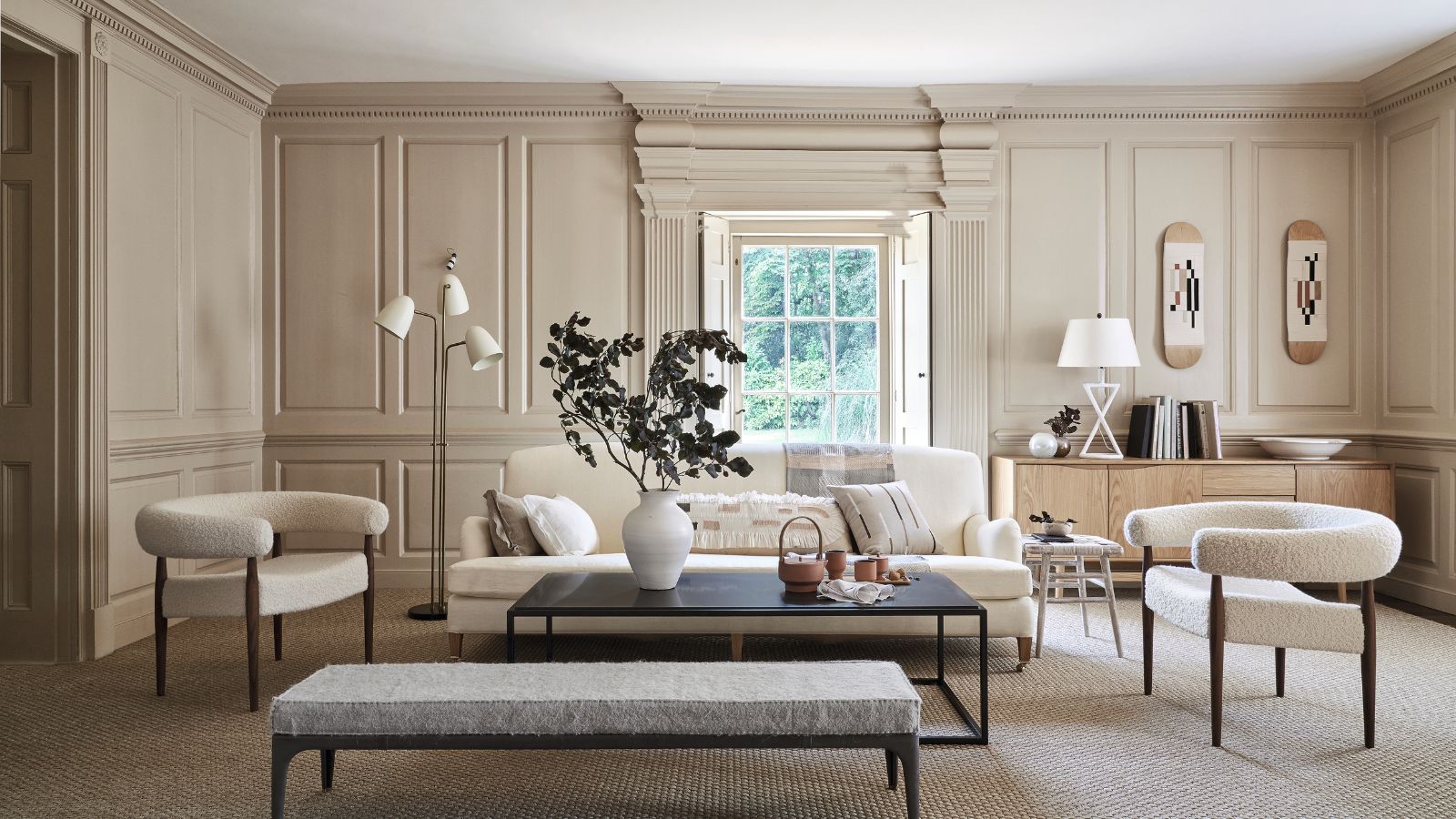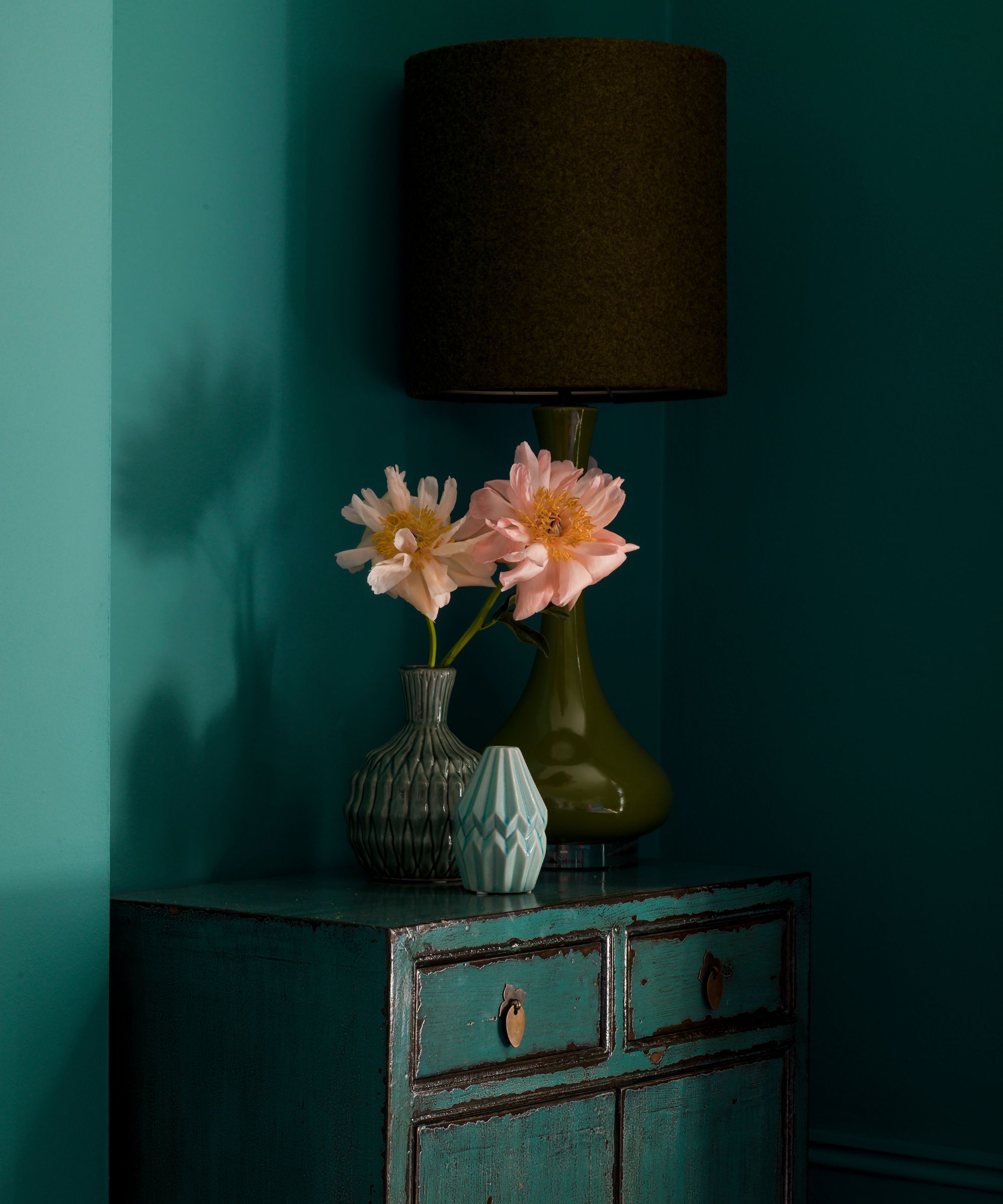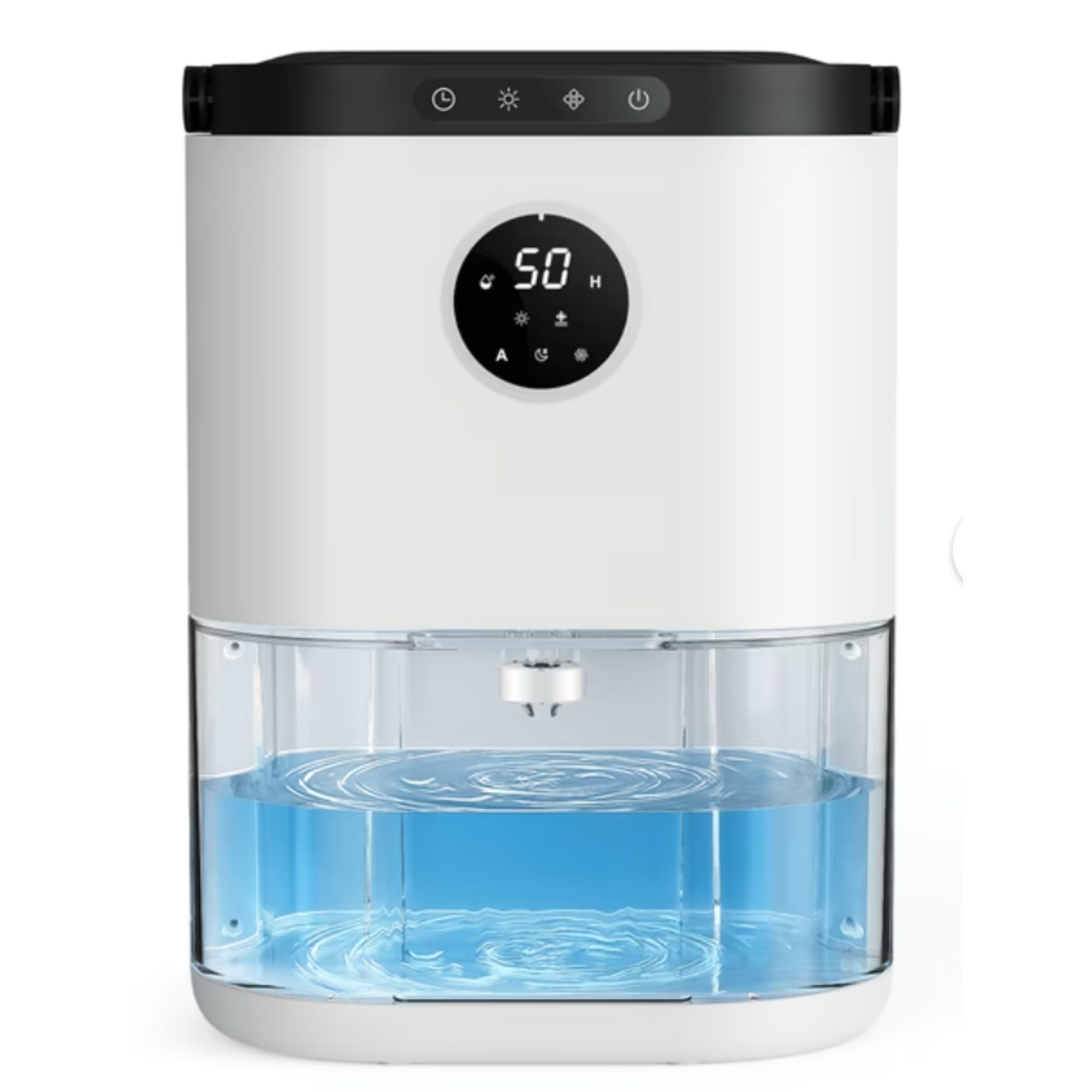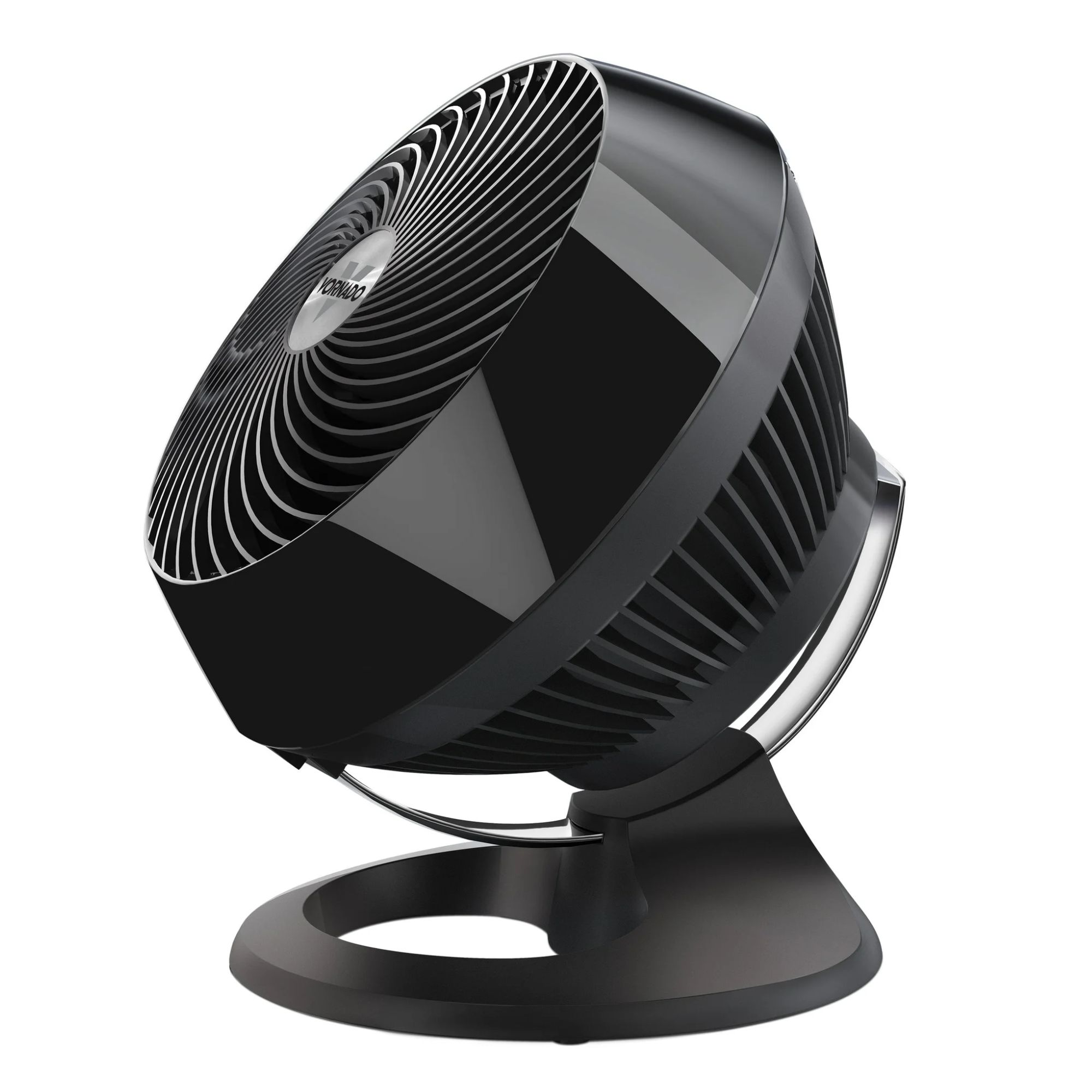Have you heard about the 'caveman cooling method'? Experts say it's 'an effective short-term way to stay cooler'
Without the bliss of modern air-conditioning, try this trick inspired by our ancestors over two million years ago


With temperatures soaring and heatwaves sweeping across the country, staying cool at home has rarely been as important. But how do you keep your space comfortable?
That's where the caveman cooling method comes into play. As our HVAC experts explain, keeping your home as 'cave-like' as possible, without opening windows, doors, and curtains, is the key to surviving the sunny summer.
Here, they share how to keep a home cool in a heatwave with this simple tip.
What is the caveman cooling method?
Josh Mitchell, HVAC technician and founder of Air Conditioner Lab, explains the caveman cooling method in a nutshell. He says, 'The caveman cooling method is about keeping your living space cool by sealing it off from heat, much like how a cave stays cool underground.
'It works by limiting sunlight, hot air, and any other sources of heat that might raise the temperature. This approach is useful when you don’t have air conditioning or are trying to save energy to cut energy bills.'
If you've ever researched how to cool down a living room, or home remedies to stay cool to counter reasons your home feels hot, you might have come across advice telling you to keep your home dark, with your windows closed.
Limiting exposure is exactly the ancient method early humans used to survive harsh and hot conditions with limited means, hence this hack's nickname: The caveman cooling method.
How to try the caveman cooling method
Keep your space as dark as possible
To use this more unusual method for staying cool at home, advises Josh, start early in the day before it gets hot.
'Close all windows and doors to trap the cooler night air inside,' he directs. 'Cover windows with blackout curtains [such as the bestselling Mainstays Solid Blackout Curtain Panel Pair available at Walmart] or thick blankets to block out sunlight.'
Alternatively, you can just shut your curtains, blinds, or shutters.
Then, adds Josh, turn off lights as much as possible, and heat-generating appliances like ovens or dryers.
'Use towels or weatherstripping to stop hot air from leaking in through gaps,' he continues. 'The goal is to create a still, dark space that neither absorbs nor lets in heat.'
Drawbacks of the caveman cooling method

It's important to consider ventilation when trying this method
Importantly, though, advises Josh, the caveman cooling method isn't without its flaws. Most crucially, improving ventilation is something to consider, especially when your home remains sealed for extended periods of time.
'While the caveman method is effective at keeping heat out, it also restricts the circulation of fresh air,' he explains, which is usually considered among what not to do in a heatwave. 'This can sometimes lead to stuffiness or, in humid environments, even moisture buildup if not managed.'
In turn, this may leave you struggling with signs of high home humidity and needing to reduce your home's humidity.
'I always recommend opening up your home in the evening or early morning when temperatures drop outside,' he continues. 'Even just for an hour or two, letting in cooler, fresher air can make a big difference in the overall comfort and air quality of your home.
'It's all about finding that balance between keeping cool and maintaining good ventilation.'
In general, though, Josh says he's seen the caveman cooling method help to lower indoor temperatures by a few degrees, which can make a huge difference when dealing with extreme heat at home.
'It’s not a replacement for AC, but it’s an effective short-term way to stay cooler, especially if you’re only using one room,' he adds.
What to shop
All prices were correct at the time of publication.

You don't have to go fully dark to try the 'caveman cooling method.' These paler thermal blackout curtains will work just as well, and look chic and stylish in your home, too.

This compact, portable and lightweight dehumidifier features ultra-quiet technology and three efficient working modes.

This fan utilizes powerful vortex action to effectively cool an entire room, with multi-directional airflow and push button controls.
FAQs
What methods did early humans use to keep cool?
Even back as early as 2600 BC, humans are recorded as making DIY air conditioners, harnessing the benefits of evaporation to keep cool, hanging wet reed mats over doorways and windows to lower internal temperatures. Evaporation is the most effective method of cooling.
Meet our expert

Air Conditioner Lab was founded by HVAC and tech enthusiast Josh in 2014, as a way for him to document his findings on home air conditioners and cooling methods.
Need to know how to keep upstairs cool in summer? Much like the caveman cooling method, experts recommend closing your curtains and shades, and sealing your home to prevent warm air entering.
Design expertise in your inbox – from inspiring decorating ideas and beautiful celebrity homes to practical gardening advice and shopping round-ups.

Ottilie joined Homes & Gardens last year, after finishing a Master's in Magazine Journalism at City, University of London. With previous contributions in Livingetc and Motorsport Magazine, she produces content for the Solved section on the website, focusing on clever tips and tricks to keep your home beautiful, organized and clean. She also has a Master's degree in English Literature and History of Art from the University of Edinburgh, where she developed a love for inspiring interiors and architecture.
You must confirm your public display name before commenting
Please logout and then login again, you will then be prompted to enter your display name.
